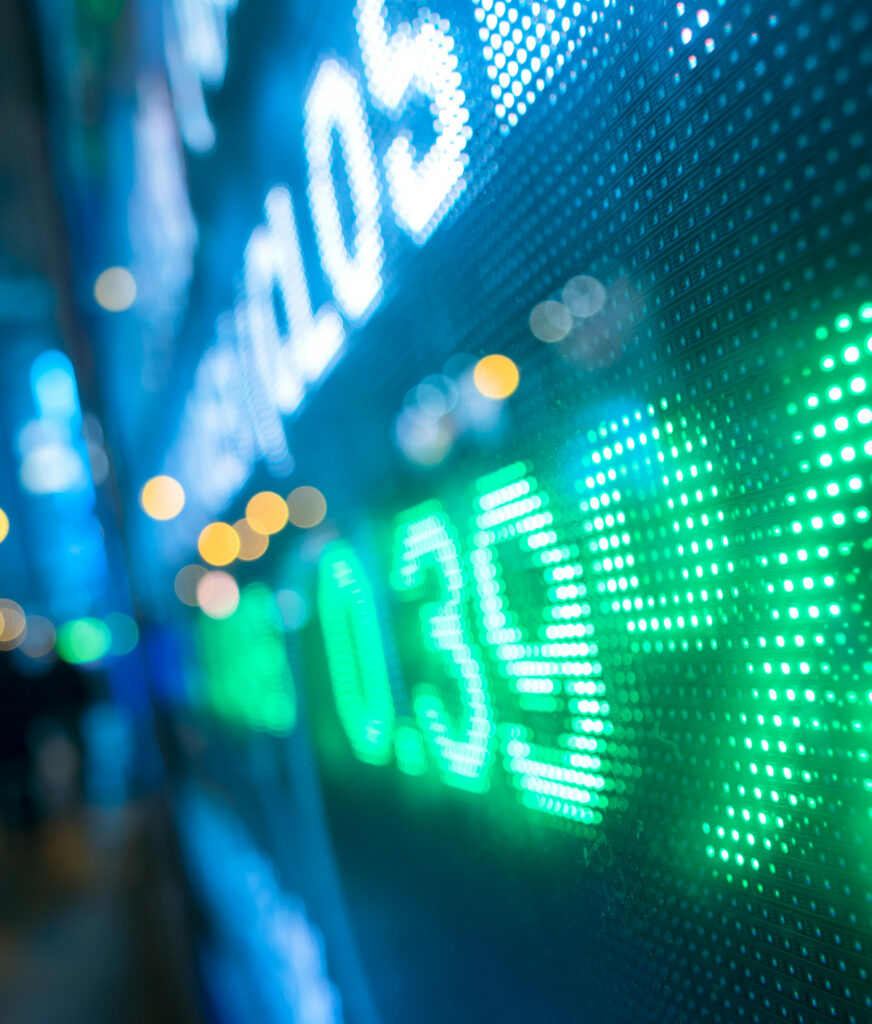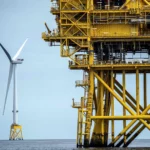Global investment in clean energy is on an upward trajectory, expected to reach an impressive USD 1.7 trillion in 2023. The World Energy Investment report offers a comprehensive analysis of the investment landscape, shedding light on the trends observed in 2022 and providing insights into the emerging scenario for 2023. This report serves as a crucial global benchmark for tracking capital flows across various areas, including fuel and electricity supply, critical minerals, efficiency, research and development, and energy finance.
One striking revelation from the report is that investment in clean energy technologies is outpacing spending on fossil fuels. Affordability and security concerns, amplified by the global energy crisis, are driving the momentum behind sustainable alternatives. Between 2021 and 2023, annual clean energy investment is projected to surge by 24%, primarily driven by renewables and electric vehicles. In contrast, fossil fuel investment is anticipated to rise by only 15% during the same period. However, it is important to note that more than 90% of this clean energy investment surge is concentrated in advanced economies and China, raising concerns about potential global energy divisions if clean energy transitions do not gain traction elsewhere.
The IEA’s latest World Energy Investment report forecasts that approximately USD 2.8 trillion will be invested globally in energy in 2023, with over USD 1.7 trillion directed towards clean technologies. This significant investment will encompass renewables, electric vehicles, nuclear power, grids, storage, low-emissions fuels, efficiency improvements, and heat pumps. The remaining funds, slightly surpassing USD 1 trillion, will be allocated to coal, gas, and oil.
Clean energy’s remarkable growth is evident in investment trends, where clean technologies are pulling ahead of fossil fuels. For every dollar invested in fossil fuels, around 1.7 dollars are now being channeled into clean energy, marking a notable shift. Solar energy investment, in particular, is set to surpass the amount invested in oil production for the first time. Led by solar, low-emissions electricity technologies are expected to account for nearly 90% of investments in power generation. Furthermore, consumers are increasingly embracing electrified end-uses, as seen through double-digit annual growth in global heat pump sales since 2021 and a projected one-third surge in electric vehicle sales this year following a remarkable increase in 2022.
Several factors have propelled clean energy investments in recent years. Strong economic growth periods and volatile fossil fuel prices, which raised concerns about energy security—especially in the wake of Russia’s invasion of Ukraine—have contributed to the momentum. Moreover, enhanced policy support through major initiatives such as the US Inflation Reduction Act and actions taken by Europe, Japan, China, and other regions have played a pivotal role.
While spending on upstream oil and gas is expected to rebound in 2023, reaching levels seen in 2019, a significant portion of the cash flow generated by fossil fuel producers has been directed toward dividends, share buybacks, and debt repayment rather than reinvesting in traditional supply. This anticipated increase in fossil fuel investment poses a challenge, as it surpasses the levels required for achieving the goals outlined in the IEA’s Net Zero Emissions by 2050 Scenario. Notably, global coal demand reached an all-time high in 2022, with coal investment projected to be nearly six times the envisioned levels for 2030 in the Net Zero Scenario this year.
Although the oil and gas industry’s capital spending on low-emissions alternatives remains relatively low compared to upstream spending, certain larger European companies are showing a higher share of investment in clean electricity, clean fuels, and carbon capture technologies.
The largest gaps in clean energy investment are observed in emerging and developing economies. However, positive developments can be seen in countries such as India, which exhibits dynamic investments in solar energy, and Brazil and certain parts of the Middle East, where investments in renewables are thriving. Yet, many countries face obstacles to investment, including high interest rates, unclear policy frameworks and market designs, weak grid infrastructure, financially strained utilities, and a high cost of capital. The international community must undertake concerted efforts to drive investment, particularly in lower-income economies where the private sector has been hesitant to venture.
In this pursuit, Globe Energy Group plays a vital role in sourcing funding for renewable energy projects. By facilitating access to finance, they contribute to the acceleration of clean energy transitions and the realization of a sustainable energy future.
To further address the challenges faced in emerging and developing economies, the IEA and the International Finance Corporation (IFC) will release a special report titled “Scaling Up Private Finance for Clean Energy in Emerging and Developing Economies” on June 22. This report aims to provide valuable insights and recommendations for scaling up private finance in clean energy, empowering these economies to overcome barriers and seize the immense potential of renewable energy.
The momentum behind renewable energy is undeniable, and the global investment landscape is rapidly shifting towards sustainable alternatives. With continued efforts and collaborative action, the world can embrace this momentum, accelerate clean energy transitions, and secure a greener and more prosperous future for all.








